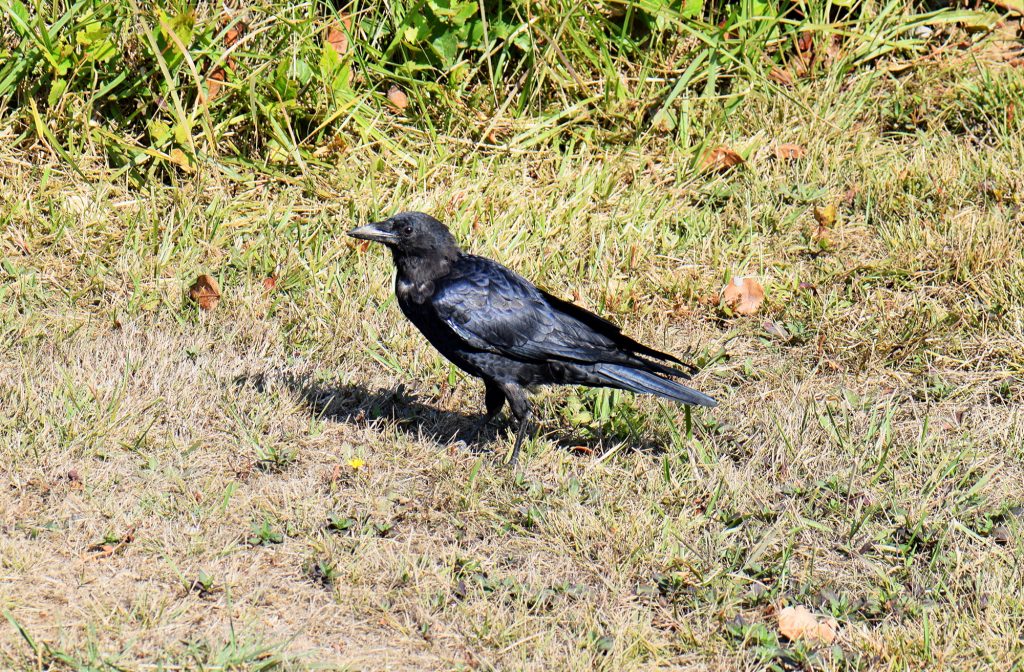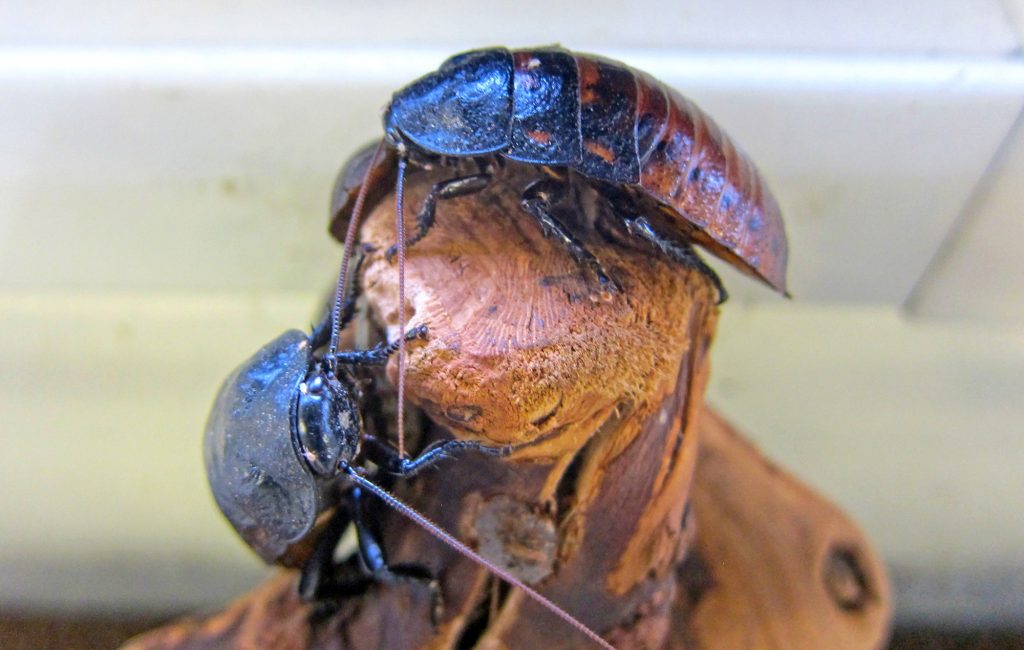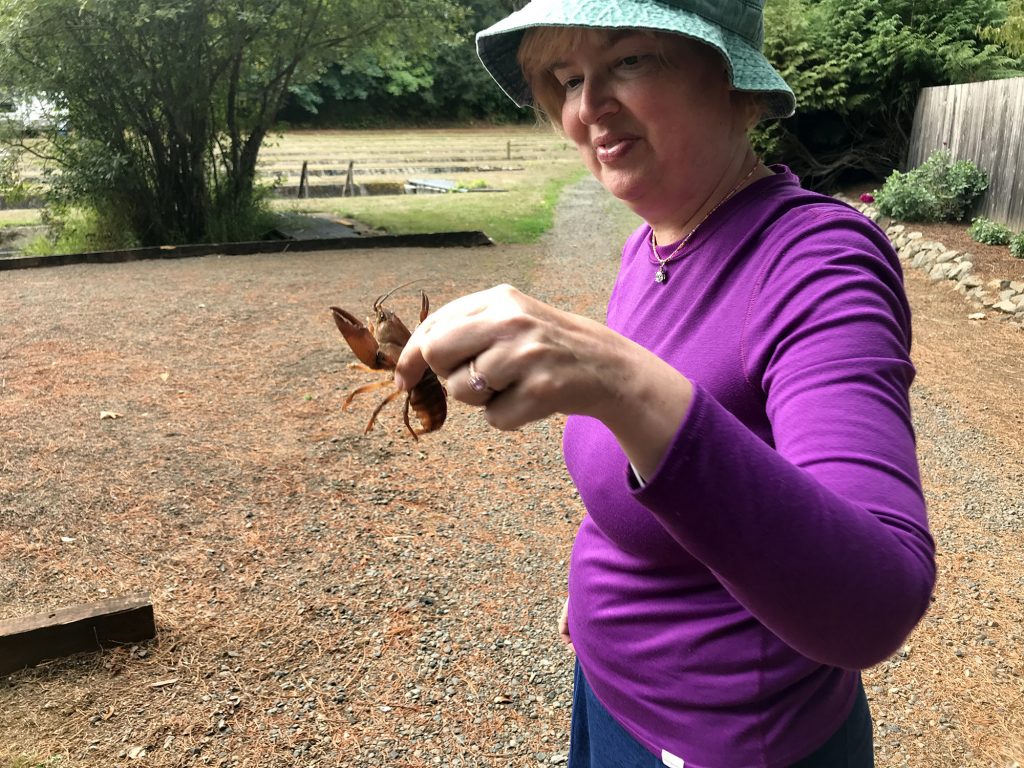
Competition Over Limited Resources


Competition Objectives
-
Provide examples of intraspecific and interspecific competition impacts on population size.
-
Describe how competition relates to the potential impact of an invasive species on native species.
-
Summarize and support with examples the risks and benefits of territorial behavior.
Competition for limited resources can occur within species or between species.
One of the mysteries of North American mammals is why the Canada Lynx does not overlap in territory more with the similar North American Bobcat.
Competitive exclusion may be the answer; find out more in the Competition video.
You may be wondering how two species can “share” or split the same niche. Sometimes there can be subtle differences in biotic and abiotic factors that enable a partitioning of the same location. Using barnacles as an example, two different size species adhered next to each other on a rock may filter different sized food out of the water. Predators may primarily attack one species , while the other may be dealing with parasites. One species may reproduce faster, but also be more likely to get ripped off the rock in a storm. A variety of factors may be reducing direct competition between the two species.
If one species takes over the niche, like the barnacle species taking over the submerged lower parts of rocks and poles (in the video), it is no longer niche splitting, one species has competitively excluded the other. It has out-competed the other species in some manner. At its extreme, this can completely drive the out-competed species out of a habitat or even to extinction.
These crickets and sowbugs are competing for the same food.
Is this intraspecific or interspecfic competition?
Despite the large number of sowbugs, the cricket population is growing fast in this terrarium. Can you see why in this video?
answers: interspecific; crickets are able to keep the sowbugs back and are getting more food. If left unchecked, the crickets in this tank can out-compete the sowbugs leading to competitive exclusion.
Bird feeders are an ideal location for studying competition. Over time bird species have evolved in ways that reduce competition, like spacing at a food source (seen here) or different species nesting at different heights on the same tree, resulting in niche splitting.
In addition to the birds seen in the video, you can hear Canada geese and crows in the background.
This year our pair of crows had multiple offspring survive which may set up intraspecific competition. If food becomes limited, the crows will start to move in a wider area and space themselves while feeding. They will stay in visual or hearing range and condense into a small group again, if threatened.
Strategies to reduce competition are important. Why would it potentially be important to reduce competition?
Answer: competition is potentially expensive in energy, injury, or lost time on other tasks. Reducing competitive encounters in the long-term may actually improve fitness (survival and reproduction).


Many animals establish a dominance hierarchy that reduces continual competition. Individuals may compete intensely for a brief period of time to establish dominance, and then not compete until the next individual challenges the hierarchy.
Madagascar hissing cockroaches establish dominance by pushing each other off the tallest point in their territory. The top male and top female on this branch are the dominant individuals.
Some species are more competitive when they reach a certain minimal population size.
These Plecostomous fish are young and small, but their large number enables them to compete for algae-covered rocks.
Non-native animals may enter a habitat with a competitive advantage. The absence of predators or parasites that would have controlled their numbers in their original location may be absent. They may also be a different size or have different behaviors than endemic (native) species.
This is one of three non-native crayfish that were introduced into the Willamette Valley. These crayfish are a larger size and they have negatively impacted the primary native species.
Note its reaction to food. It attacks other crayfish, but not the guppy fish in the same tank.
A new species to an area can have a competitive advantage. This is an individual of a different invasive species that can spend more time on dry land than the native species.
Note its reaction to the huge person holding the camera.

A lingering debate is whether or not invasive species should be killed to save native/endemic species.
This is one of the many examples where science may provide information, like the identifying characteristics of a crayfish, but other fields have to weigh in on ethics, economics, politics, and more to determine what to do.
Territoriality
If an animal like a bear defends a territory, what kind of limited resources can that territory contain?

Resources within a territory can include: food, water, shelters, and potential mates.
Territorial behavior can have a strong genetic basis, often promoted by hormones related to reproduction.

Are these bear cubs “playing” for enjoyment or following genetically determined behavioral patterns? This is currently very difficult to determine.
One possibility is that these bears are practicing activities they may carry out in the future, like defending a territory, attracting a mate, or finding food. Another possibility is that bears may experience positive feelings from these activities as many of their hormones and neurotransmitters (chemicals of the nervous system) are similar to humans.

Invasive “non-native” species are often effective at obtaining and defending territories.
This is one of the invasive crayfish species in Oregon. It defends a PVC pipe in reaction to being approached. In the wild crayfish need to shelter to avoid being eaten by larger crayfish and large fish.
Male Betta fish defend a space and blow a nest of bubbles that females lay their eggs within. Defending their small territory and the nest is critical, and they are genetically programmed to defend their territory against other males, even to the point it may result in death of one or both males.

Bubble Nest
Males put a great deal of energy and time into building and maintaining a bubble nest, sometimes even in gently moving water.
Betta Male
In nature the males are larger and more colorful than the females and would not tolerate small fish like these guppies in their territory.
These two male bettas have just been put into a tank with a glass barrier separating them. They are “displaying,” a series of behaviors that make them appear larger. From the video, what do you think these behaviors are?
Betta males (and some females) can also make these postures in response to bright colors in other fish or inanimate objects like marbles on the bottom of the tank.
When housing individuals of a territorial species, its about more than just the space.
Similar to Betta, Badis fish raised in captivity can only be kept together until they reach a certain age, and then the males establish reproductive territories. In the case of Badis, the male defends a cave with a flat interior “roof,” attracts the female to the cave, chases her away after she lays the eggs, fertilizes them, and then tends the developing eggs and hatched fry.
Animals that typically have large territories, like this Siberian Lynx in a rehabilitation center, often pace long distances as they would in the wild. This takes a large amount of food energy to sustain.
Since habitat loss is extensive globally, highly territorial species that do not thrive in captivity are generally less likely to avoid extinction.
This is the end of the Data Collection Guide. Content from this guide and corresponding lecture, as well as the next Data Analysis Guide will be assessed on the weekly quiz.

Check your knowledge. Can you:
-
provide examples of intraspecific and interspecific competition impacts on population size?
-
describe how competition relates to the potential impact of an invasive species on native species?
-
summarize and support with examples the risks and benefits of territorial behavior?



